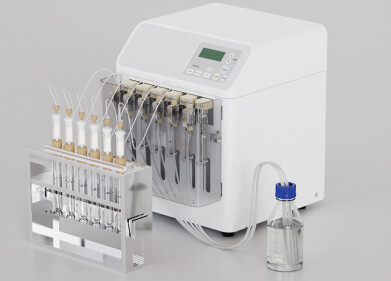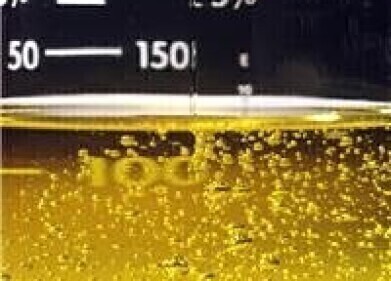Solid phase extraction (SPE)
What is That Plastic? Chromatography Explores
May 04 2021
Plastics are seen as the harbingers of doom when it comes to the environment. They either hang around for every filling up the landfills; or they degrade and erode into microplastics that are found all over the globe from the highest mountains to the deepest oceans harming the wildlife it encounters.
But when used with some responsibility, plastic has been a wonderful invention. Our world and life would be totally different without the assorted plastics we use every day. From kitchen equipment, spacesuits, credit cards, and even artificial organs – plastics have made an invaluable contribution to the last 100 years.
Plastic and cultural heritage
But aside from its use sending astronauts to space or keeping bacon fresh in the fridge, plastics have also been used in art and design. Plastic is now part of our cultural heritage according to an article in Education in Chemistry (EIC) and as such it is now increasingly found in our museums. It might seem that exhibiting and storing plastics is easy, after all, plastics survive in landfills for decades without being destroyed.
But in fact, plastic degrades over time through various routes. Environmental damage from UV light such as sunlight can cause reactions inside the polymer backbones of many plastics. Oxygen can pull electrons from the polymer chains which can break or weaken a polymer chain. Even the plasticisers that keep plastics supple can leach from the plastic causing it to go brittle and break. And to keep these reactions from happening, museums need to know which plastic they are displaying or storing so they can mitigate the risk of damage.
Know what the plastic is – chromatography knows
Museums have identified five main plastics that are subject to degradation according to the EIC article - cellulose acetate, cellulose nitrate, plasticized polyvinyl chloride, rubber and polyurethane foam. It is vital that museum staff know which polymer they have in their collection, then they can plan the correct display and storage conditions.
One technique that is currently used is Fourier-transform infrared spectroscopy, or FTIR. The technique relies on measuring how the various bonds in the plastic vibrate and stretch under infrared light. One of the problems with the technique is that the assorted fillers and colours added to the plastic can interfere with a clean spectrum.
Many plastics emit compounds as they degrade, and researchers are now trialling methods to analyse the molecules emitted to identify the plastics. One of the main techniques used to analyse volatile organic compounds is solid phase microextraction gas-chromatography mass-spectrometry (SPME-GCMS). The use of GC is discussed in the article Gas Chromatography Troubleshooting Part I – Peak Shape Issues.
With so many plastics already in use and new ones being developed, researchers are going to need the power of chromatography to keep the plastics in check.
Events
May 11 2025 Vienna, Austria
May 18 2025 Tempe. AZ, USA
May 21 2025 Birmingham, UK
Jun 01 2025 Baltimore, MD, USA
Jun 15 2025 Bruges, Belgium














